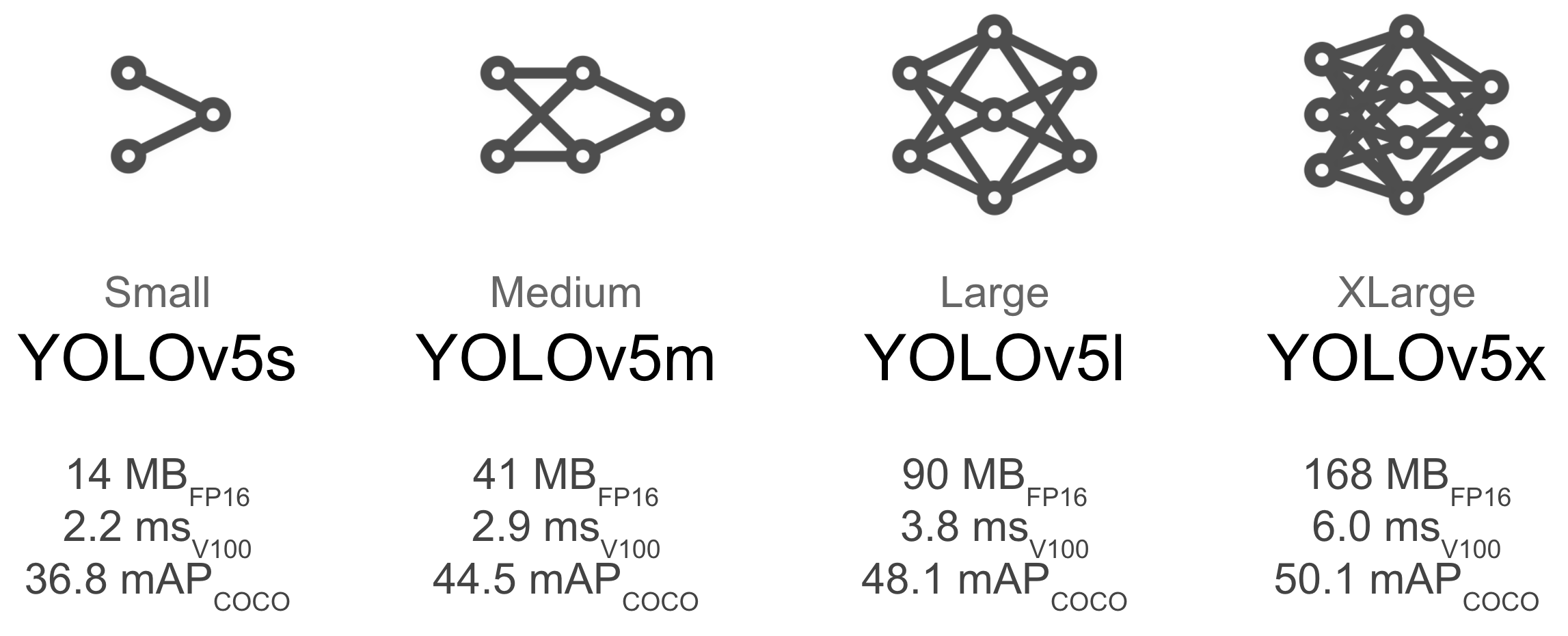👋 Hello @Dukhovnost, thank you for your interest in 🚀 YOLOv5! Please visit our ⭐️ Tutorials to get started, where you can find quickstart guides for simple tasks like Custom Data Training all the way to advanced concepts like Hyperparameter Evolution.
If this is a 🐛 Bug Report, please provide screenshots and minimum viable code to reproduce your issue, otherwise we can not help you.
If this is a custom training ❓ Question, please provide as much information as possible, including dataset images, training logs, screenshots, and a public link to online W&B logging if available.
For business inquiries or professional support requests please visit https://www.ultralytics.com or email Glenn Jocher at glenn.jocher@ultralytics.com.
Requirements
Python 3.8 or later with all requirements.txt dependencies installed, including torch>=1.7. To install run:
$ pip install -r requirements.txtEnvironments
YOLOv5 may be run in any of the following up-to-date verified environments (with all dependencies including CUDA/CUDNN, Python and PyTorch preinstalled):
- Google Colab and Kaggle notebooks with free GPU:
- Google Cloud Deep Learning VM. See GCP Quickstart Guide
- Amazon Deep Learning AMI. See AWS Quickstart Guide
- Docker Image. See Docker Quickstart Guide
Status
If this badge is green, all YOLOv5 GitHub Actions Continuous Integration (CI) tests are currently passing. CI tests verify correct operation of YOLOv5 training (train.py), testing (test.py), inference (detect.py) and export (export.py) on MacOS, Windows, and Ubuntu every 24 hours and on every commit.




Inference on a custom dataset is producing accurate x-coordinates but incorrect y-coordinates. An example output is given below (final number is confidence):
'6 0.480469 1 0.0234375 0 0.211182', '12 0.984375 1 0.0234375 0 0.214478', '6 0.117188 1 0.0234375 0 0.216309', '1 0.0722656 1 0.0429688 0 0.221191', '3 0.0273438 1 0.046875 0 0.222168', '11 0.166016 1 0.0273438 0 0.22522',
The class distribution and x-coordinates indicate that the model is making correct predictions. However, the output y-coord is always a multiple of 1/8 (usually 0 or 1). The bbox height is always either 0 or 1.
Training was performed on images standardized to 256x256. Inference was performed on images both larger and smaller than this, but with the parameter: --img-size=256 used in detect.py. The behaviour manifests both in images that are larger and smaller than these dimensions, and also in instances where the image height is larger than the image width. I could not find mention of this issue elsewhere, has this been encountered before? My understanding was that Yolov5 resizes images according to the input parameters, and the varying image size should not be a problem. Any advice greatly appreciated.
Python 3.8 Ubuntu 18.04 RTX 2080Ti